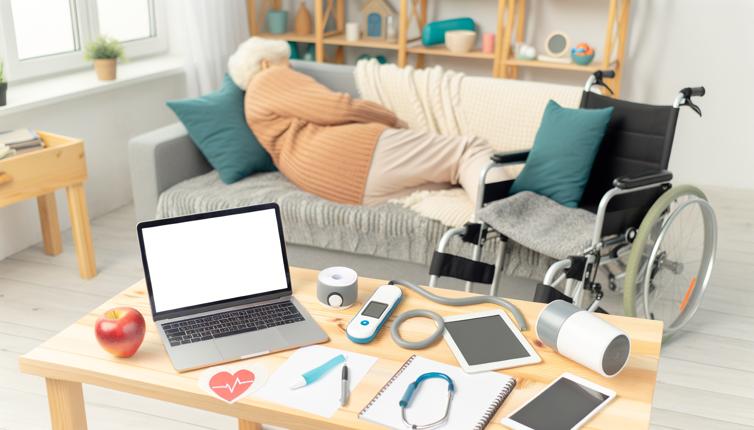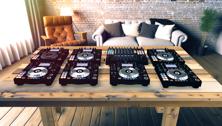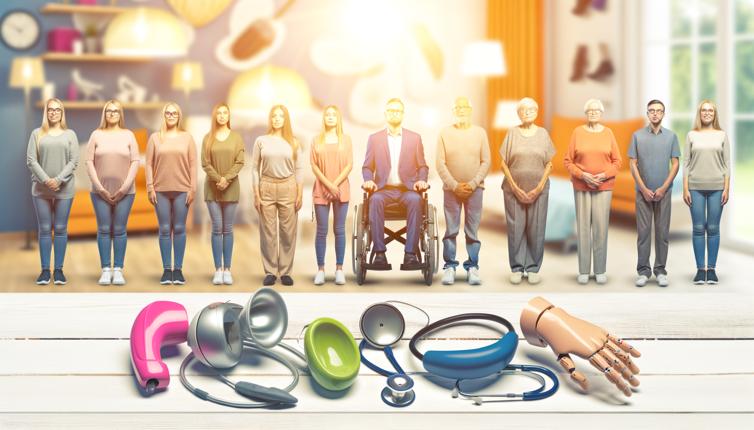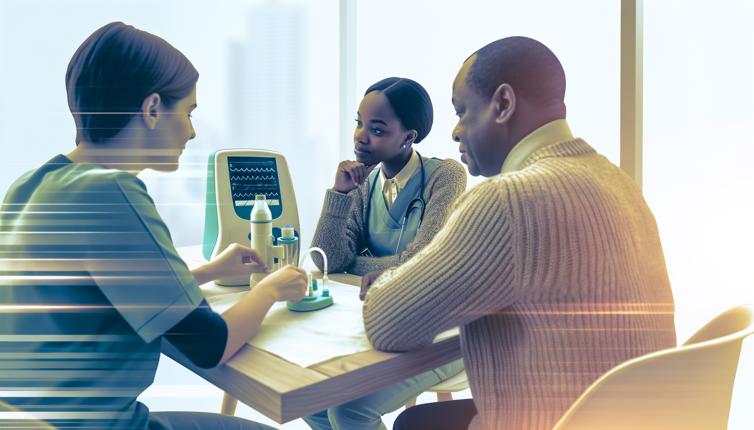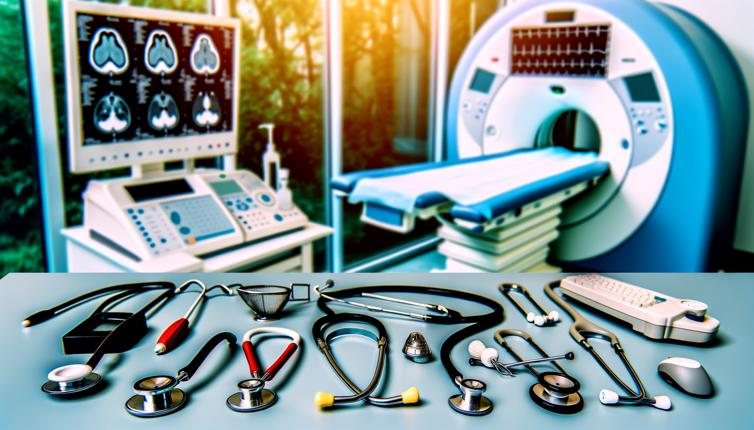1. Mobility Aids
Mobility aids such as canes, walkers, and wheelchairs are essential for aging adults with mobility issues. These devices provide support and stability, allowing seniors to move around safely and independently.,Canes come in various styles and designs, including quad canes with four tips for added stability. Walkers are equipped with wheels and brakes, making them easier to maneuver. Wheelchairs, both manual and electric, are ideal for individuals with limited mobility.,When selecting a mobility aid, it is essential to consider factors such as comfort, ease of use, and the individual's specific mobility needs.
2. Medication Management Devices
Medication management devices help aging adults stay organized and adhere to their medication schedules. These devices range from simple pill organizers to more advanced automated dispensers.,Pill organizers have separate compartments for each day of the week and multiple times per day. They can be filled in advance, ensuring that seniors take the right medications at the right time.,Automated dispensers are programmable devices that dispense medication at pre-set times. They often come with visual and auditory reminders to prompt the individual to take their medication.,These devices can be particularly beneficial for seniors who take multiple medications or have memory issues.
3. Personal Emergency Response Systems (PERS)
Personal emergency response systems, commonly known as PERS, are essential for the safety and security of aging adults, especially those who live alone. These systems allow seniors to call for help in case of emergencies or accidents.,A typical PERS consists of a wearable device, often in the form of a pendant or wristband, and a base unit connected to a telephone line. When the emergency button on the wearable device is pressed, a call is automatically placed to a monitoring center or designated contacts.,PERS can provide peace of mind for both seniors and their loved ones, knowing that help is just a button press away.
4. Home Monitoring Systems
Home monitoring systems utilize technology to track and monitor the well-being of aging adults within their homes. These systems often include sensors, cameras, and wearable devices.,Motion sensors can detect movements and send alerts if there is no activity for an extended period, which can indicate a potential fall or medical emergency. Door and window sensors can provide notifications if they are left open or unauthorized entry occurs.,Wearable devices, such as smartwatches or fitness trackers, can monitor heart rate, sleep patterns, and activity levels. This information can be shared with healthcare professionals to ensure the well-being of the individual.,By implementing home monitoring systems, seniors can feel more secure and receive timely assistance if needed.
5. Assistive Devices for Hearing and Vision Impairments
Aging often comes with hearing and vision impairments, making it essential to have assistive devices that can improve communication and increase independence.,Hearing aids are common devices that amplify sound, making it easier for individuals with hearing loss to communicate and engage with others. There are different types of hearing aids, including behind-the-ear and in-the-ear options.,For individuals with vision impairments, devices such as magnifiers and talking clocks can be extremely helpful. Magnifiers enlarge text and images, making them easier to see, while talking clocks announce the time aloud.,These assistive devices can greatly enhance the quality of life for aging adults with hearing or vision impairments.
Conclusion
The top medical devices and equipment for aging adults provide invaluable support, safety, and autonomy. From mobility aids to medication management devices and assistive devices for hearing and vision impairments, these tools enable seniors to live independently and maintain their well-being. It is crucial to assess individual needs and consult healthcare professionals when selecting and implementing these devices.
